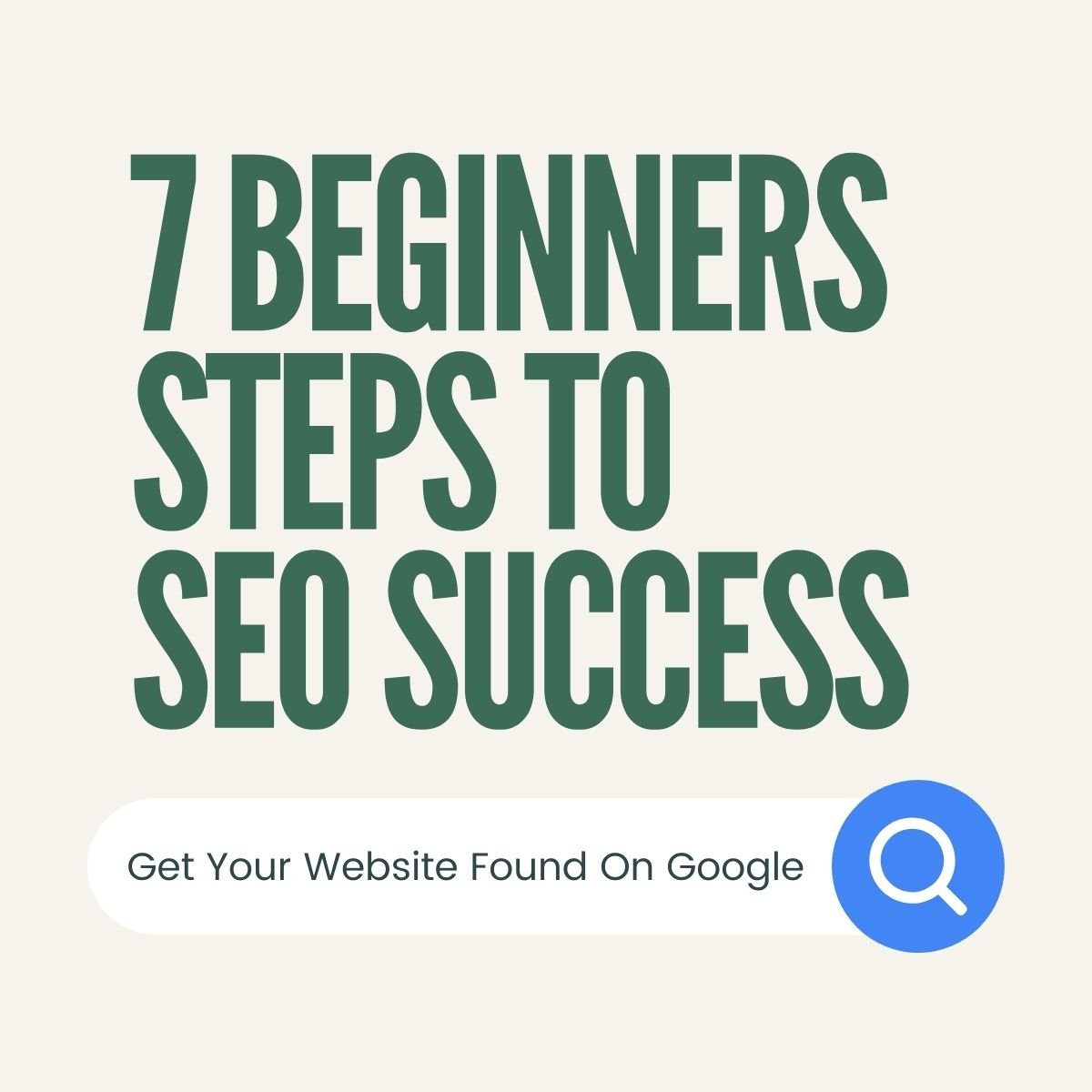Help Centre
Jump to Section:
- What Is Content?
- How Do Search Engines Understand Your Content?
- How to Optimise Your Text
- How to Optimise Your Images
- How to Optimise Your Links
- Takeaways
What Is Content?
Once you have built your website, you have to fill it with unique information about what it is that you do. This is referred to as Content and includes elements such as text, images, links and more.
Content is the key differentiator between your website and everyone else’s on the internet. With this in mind, it is a hugely important factor when it comes to your search engine ranking.
This guide will talk you through how you can improve your content to get your site ranked higher.
How Do Search Engines Understand Your Content?
Search Engines find and organise information on the internet to serve up relevant answers to searcher’s queries. This is a three-step process:
Crawl >> Index >> Rank
The internet is huge, and so the search engines have built algorithms to find and organise content automatically. These algorithms are referred to as Crawlers. To find new content, they follow millions of links to and from millions of websites every day. When they land on a page, it is their job to try to understand what the page is about.
Crawlers do this by looking at things like the title of the page, the context around keywords in your text, indications of authority, structure of your pages and lots more. This information is then stored in an index to be called upon later.
This information then needs to be organised in a way that can deliver the most relevant answer to a searcher’s question. Google and other search engines each have their own algorithms to rank people’s pages based on the information they have stored in their index.
By structuring your website appropriately and being as informative as possible, you can help search engines to understand your content better and improve your rank organically.
How To Optimise Your Text

Your text and how it is delivered on your page can help crawlers to understand your site and the value a user gets from visiting a page. It is arguably one of the most important things to consider when optimising your content. Here are some key points to consider when improving your text:
Keywords
What is the focus of your page? You need to understand what it is you would like your page to rank for before you even start to write. Having a keyword in mind will help to guide your writing and its structure.
Learn how to research keywords in our help guide >>
It is important to bear in mind though that you should not try to over use a keyword to improve your ranking. This is known as keyword stuffing and can actually penalise you in the rankings.
Search engine algorithms are improving all the time and as a result, are very good at understanding the text on a website. They can identify semantically related keywords and the context in which they are written.
Therefore, rather than trying to include your keyword multiple times, only use it in important places and focus on writing helpful content around this keyword for the user, not the search engines.
Length
It is widely debated as to whether short pieces of content should rank higher than longer pieces. From a usability perspective, it could be argued that shorter posts are better for answering the queries of searchers as they are quicker to read and navigate.
However, Google values a higher quality response over a quick response. Whatever topic your page or article covers, Google wants to see an in-depth coverage of the subject so that they can offer their searchers the best response.
This isn’t to say that you should waffle on until you reach a certain word count or that short-form content doesn’t have a place on your website. The most important point to bear in mind is how much value you can offer your audience, whether that’s over 3000 words or you make your point in less than 500. Make sure you answer their questions and only go on for as long as you need.
Structure
How your writing is structured is important to both your readers and search engines. Being presented with a huge block of text can often be intimidating to have to read. People are inclined to skim articles to find the information that’s relevant to them, so without breaks in the text, images and clear headings, this becomes a lot more difficult.
It becomes difficult for search engines too. We already know that crawlers are searching for context around keywords. A lot of this context is derived from headings and divisions in the page.
Organising your content underneath relevant headings, structuring it correctly with paragraphs and even adding bullet points can all make your text more digestible for both people and crawlers.
How To Optimise Your Images

Images are a great supplement to your writing. It can help readers to better understand your information and also add a lot more visual appeal to your pages. On the other hand, images need to be loaded, and so, they can slow your site down. Site speed is also an important ranking factor for your website.
Create optimises your images as they’re uploaded by creating new files. This is so that when a visitor lands on your page, they are served the best quality image with the least impact on load. However, it’s still important to add images in moderation to keep loading time to a minimum and quality high.
This keeps your site from being penalised in the search rankings by Google because of slow loading times, but how can you help Google to understand what your images are?
You can help search engines understand your images by filling in alt and title tags. These describe what the picture depicts and adds context that crawlers are looking for.
While optimising your images is not as important as optimising your text, doing so and being thorough can help crawlers to understand your page better and can lead to pictures ranking in Google Images.
Find out how to fill out Alt and Title Tags in our help guide >>
How To Optimise Your Links

Links are a vital way for Crawlers navigate the internet. This is partly why external links to your site are so valuable and why a great internal linking structure is important to your SEO efforts.
Read more about acquiring external links here >>
Orphaned Pages
Pages that don’t have any links pointing to them on your site are known as Orphaned Pages. These pages are less likely to be found by crawlers and any changes you make to them will take longer to be indexed naturally.
For each new piece of content that you publish on your site, it is a worthwhile exercise considering where else it can be mentioned on your website with a relevant link.
This will help crawlers to index these pages and detect updates sooner.
Anchor Text
Website owners are able to turn words or sections of their text into links rather than having to display a url. This is known as anchor text and it also helps provide context to search engine crawlers.
For example, to link to an article about templates, it would be better to use anchor text like:
Find out more about our website templates.
Than:
Read more here.
This is because the first link example provides more context and information about what the visitor will find when they click through.
This is just as important for external links as well. If you know someone else is linking to your site and they have not used informative anchor text, it may be helpful to your SEO to reach out with alternative anchor text they could use and ask them if they would change it.
Link Title Attributes
Link Title Attributes inform a website visitor about where a link will take them when they click through. When you hover over a link, if someone has added a link title attribute to it, a text box will be displayed telling them more about the page it will refer them too. This is easily done in Create whenever you add a link by adding more information in the Link Title Attribute field

This is a great habit to get into when adding links to your website. This is because adding a title attribute again, adds more context for Crawlers, but it also has a trust factor associated with it. A user can guess at where your anchor text will lead them, but a title attribute will confirm this for them so that they can better decide if they want to visit that page.
You can add Title Attributes by clicking the Link icon when you hover over your anchor text or button.
Open Links In New Browser Tabs
Adding links to other websites can be useful for referencing studies and tools relevant to your subject, but you may not want to send your visitors away from your site.
Changing the setting of a link so that it opens the link in a new browser tab ensures that the visitor remains on your website. Once they have finished reading what’s on the new tab, they can close it and be back on your website again.
To do this in Create:
-
Move your cursor over a link you want to edit.
-
Click the Link icon from the menu that pops up.

-
Toggle the Open in New Tab option to On.
Takeaways
It may seem like there is a lot to understand when it comes to optimising your content but in essence, you can boil it down to three main considerations:
-
Know what keyword you are optimising your page for.
-
Structure your page appropriately.
-
Be thorough.
Google aims to present the most valuable and relevant results for any given search query. Providing your page has great content around your chosen keyword and you have made it readable for search engines and people, Google will be able to rank your content accordingly.
It’s surprising how many website owners don’t add title attributes to their links or organise their content under subheadings. These may only seem like minor optimisations, but if you take the time to go above and beyond what everyone else has done, you will see the results.
To take the next step with your website’s link profile, check out our guide on How to Build Links to Improve Your SEO >>
Discover how to organise your content to improve the effectiveness of your pages in our blog How to Make Your Website Home Page More Effective >>
Related Articles
Related Articles
More Questions?
If you have any further questions, please get in touch and we will be happy to help.
Get in Touch




